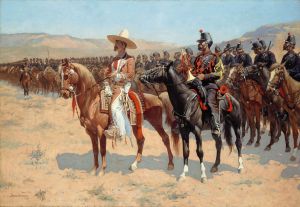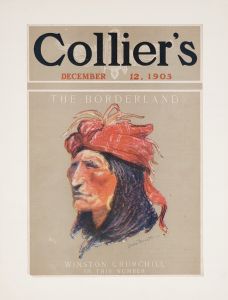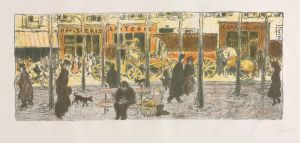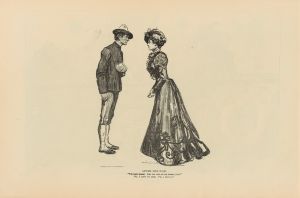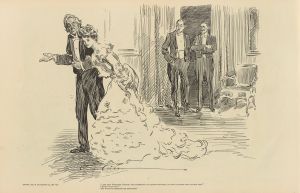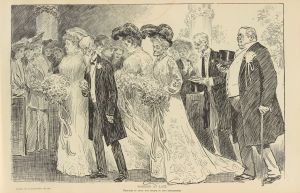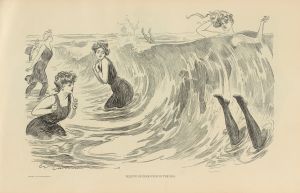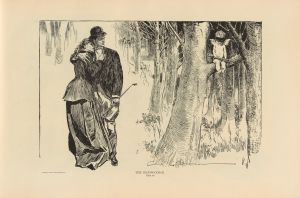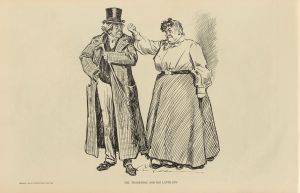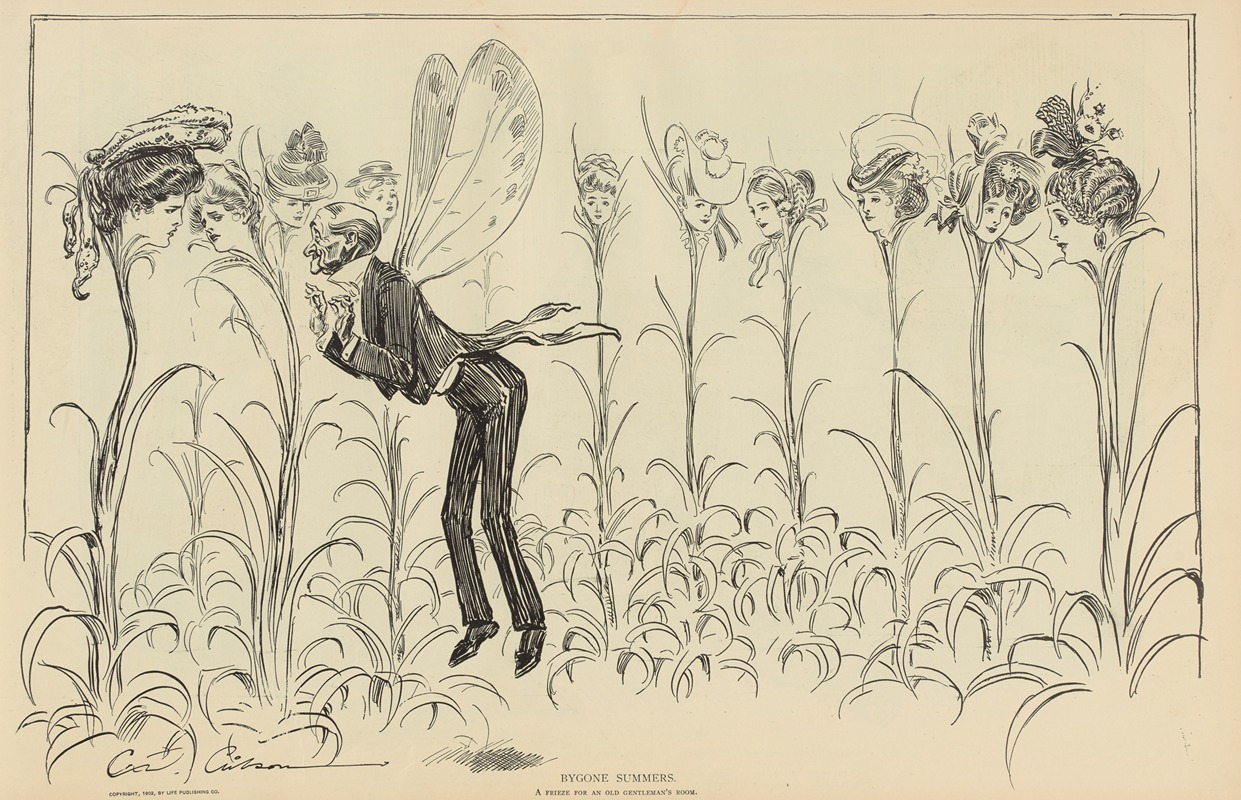
Bygone Summers
A hand-painted replica of Charles Dana Gibson’s masterpiece Bygone Summers, meticulously crafted by professional artists to capture the true essence of the original. Each piece is created with museum-quality canvas and rare mineral pigments, carefully painted by experienced artists with delicate brushstrokes and rich, layered colors to perfectly recreate the texture of the original artwork. Unlike machine-printed reproductions, this hand-painted version brings the painting to life, infused with the artist’s emotions and skill in every stroke. Whether for personal collection or home decoration, it instantly elevates the artistic atmosphere of any space.
Charles Dana Gibson was an influential American illustrator, best known for his creation of the "Gibson Girl," an iconic representation of the American woman at the turn of the 20th century. His work captured the spirit and social dynamics of his time, often reflecting the changing roles and perceptions of women in society. Among his many works, "Bygone Summers" is one of his notable illustrations, though specific details about this particular piece are limited.
Gibson was born on September 14, 1867, in Roxbury, Massachusetts. He showed an early talent for drawing and eventually attended the Art Students League in New York City. His career took off in the 1890s when his illustrations began appearing in popular magazines such as Life, Harper's Weekly, and Scribner's. The "Gibson Girl" became a cultural phenomenon, symbolizing a new standard of femininity that was independent, confident, and socially active.
"Bygone Summers" fits within Gibson's broader oeuvre, which often depicted scenes of leisure and social interaction among the upper classes. His illustrations were characterized by their detailed line work and ability to convey emotion and narrative through facial expressions and body language. While specific information about "Bygone Summers" is scarce, it is likely that the piece reflects Gibson's typical themes of nostalgia and the idealization of past eras, as suggested by the title.
Gibson's work was not only artistically significant but also culturally impactful. The "Gibson Girl" became a symbol of the Progressive Era, a time when women were beginning to assert more independence and seek greater opportunities outside the domestic sphere. This era saw the rise of the suffrage movement, increased educational opportunities for women, and a shift in traditional gender roles. Gibson's illustrations, including "Bygone Summers," captured this transitional period in American society.
Throughout his career, Gibson's work remained popular, and he continued to produce illustrations until his retirement in the 1930s. He passed away on December 23, 1944, leaving behind a legacy that influenced both the art world and the cultural landscape of his time. His illustrations remain a valuable resource for understanding the social history of the late 19th and early 20th centuries.
In summary, while specific details about "Bygone Summers" are limited, it can be appreciated within the context of Charles Dana Gibson's broader body of work. His illustrations, characterized by their elegance and social commentary, provide insight into the cultural dynamics of his era. Gibson's ability to capture the essence of his time continues to be celebrated, and his work remains a significant part of American art history.





